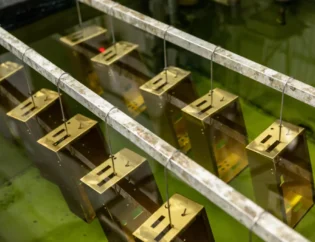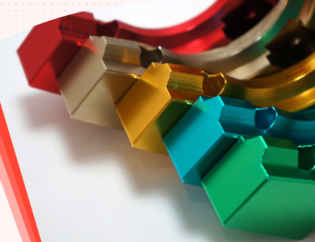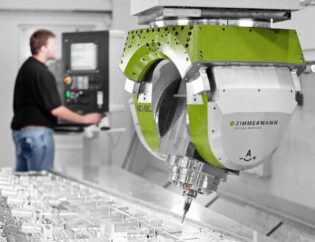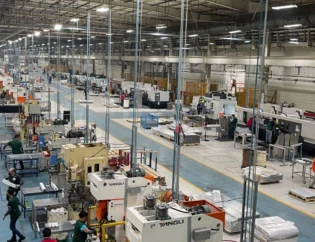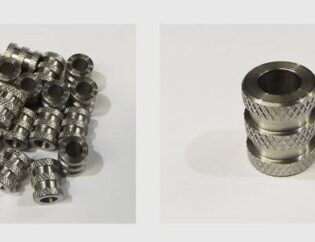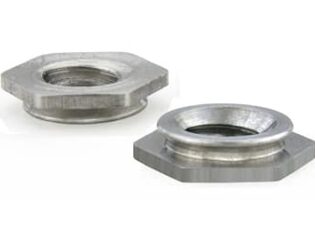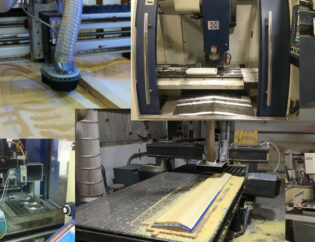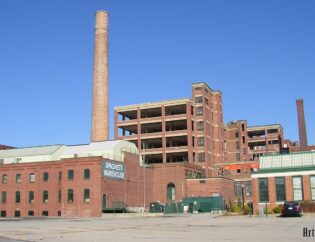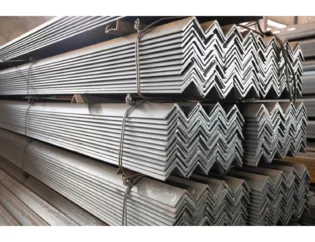CNC laser metal cutting has revolutionized the manufacturing industry, offering precision and efficiency that traditional methods cannot match. This technology utilizes focused laser beams to cut through various metals, enabling intricate designs and high-quality finishes. As industries increasingly demand faster production times and reduced waste, understanding CNC laser metal cutting becomes essential for professionals and enthusiasts alike.
In this comprehensive guide, readers will explore the fundamental principles of CNC laser technology, including its operational mechanics and advantages. We will delve into the various types of lasers used, the materials they can cut, and the factors influencing cutting quality. By the end of this guide, you will have a solid foundation in CNC laser metal cutting, empowering you to make informed decisions in your projects or business.
Quick Start Guide to Metal Laser Cutters
Metal laser cutting machines have become easier to use, safer, more flexible, and more affordable, but how do you find the best laser cutter for your shop? This guide will provide comprehensive insights into the various types of metal laser cutters, their technical features, and how to choose the right one for your needs.
Understanding Metal Laser Cutters
Metal laser cutters utilize focused laser beams to cut through various types of metals with precision. They are widely used in industries ranging from automotive to jewelry making. The technology has evolved significantly, making it accessible for both hobbyists and professionals.
Technical Features of Metal Laser Cutters
When selecting a metal laser cutter, consider the following technical features:
| Feature | Description |
|---|---|
| Laser Type | CO2, Fiber, or Diode lasers, each with different cutting capabilities. |
| Power Output | Measured in watts; higher power allows for cutting thicker materials. |
| Cutting Speed | Speed at which the laser can cut through materials, typically measured in mm/min. |
| Working Area Size | The maximum dimensions of the material that can be processed. |
| Precision | The accuracy of the cuts, often measured in mm. |
| Cooling System | Essential for maintaining optimal performance during extended use. |
| Software Compatibility | The software used to design and control the laser cutter. |
Types of Metal Laser Cutters
Metal laser cutters can be categorized based on their laser type and application. Here’s a comparison of the main types:
| Type | Description |
|---|---|
| CO2 Lasers | Best for cutting non-metal materials and some coated metals. |
| Fiber Lasers | Ideal for cutting metals like stainless steel, aluminum, and brass. |
| Diode Lasers | Generally used for engraving and cutting thin materials; less powerful. |
| Hybrid Lasers | Combine CO2 and fiber technology for versatility in cutting different materials. |
Choosing the Right Metal Laser Cutter
When selecting a metal laser cutter, consider your specific needs. For instance, if you are primarily working with metals, a fiber laser cutter from www.stylecnc.com may be the best option due to its efficiency and precision. On the other hand, if you need versatility for both metal and non-metal materials, a hybrid laser cutter could be more suitable.
Key Considerations
- Material Type: Identify the types of metals you will be cutting. Fiber lasers excel with metals, while CO2 lasers are better for non-metals.
- Thickness of Material: Ensure the cutter can handle the thickness of the materials you plan to work with.
- Budget: Prices can vary significantly. Determine your budget and find a machine that meets your needs without overspending.
- Space Requirements: Consider the size of the machine and the workspace available in your shop.
- Support and Maintenance: Look for manufacturers that offer good customer support and maintenance services.
Conclusion
Metal laser cutters are invaluable tools for precision cutting in various industries. By understanding the different types and their features, you can make an informed decision that suits your specific needs. Whether you are a hobbyist or a professional, investing in the right laser cutter can enhance your productivity and creativity.
FAQs
1. What is the difference between CO2 and fiber lasers?
CO2 lasers are better for cutting non-metal materials, while fiber lasers are more efficient for cutting metals.
2. How thick of metal can a laser cutter cut?
The thickness depends on the power of the laser; higher power lasers can cut through metals up to 200mm thick.
3. Are metal laser cutters safe to use?
Yes, when used with proper safety precautions, such as protective eyewear and ventilation.
4. How much does a metal laser cutter cost?
Prices range from a few thousand dollars for entry-level models to over $100,000 for industrial machines.
5. Where can I find reliable metal laser cutters?
You can explore options on websites like www.cncsourced.com and www.stylecnc.com for a variety of models and prices.

